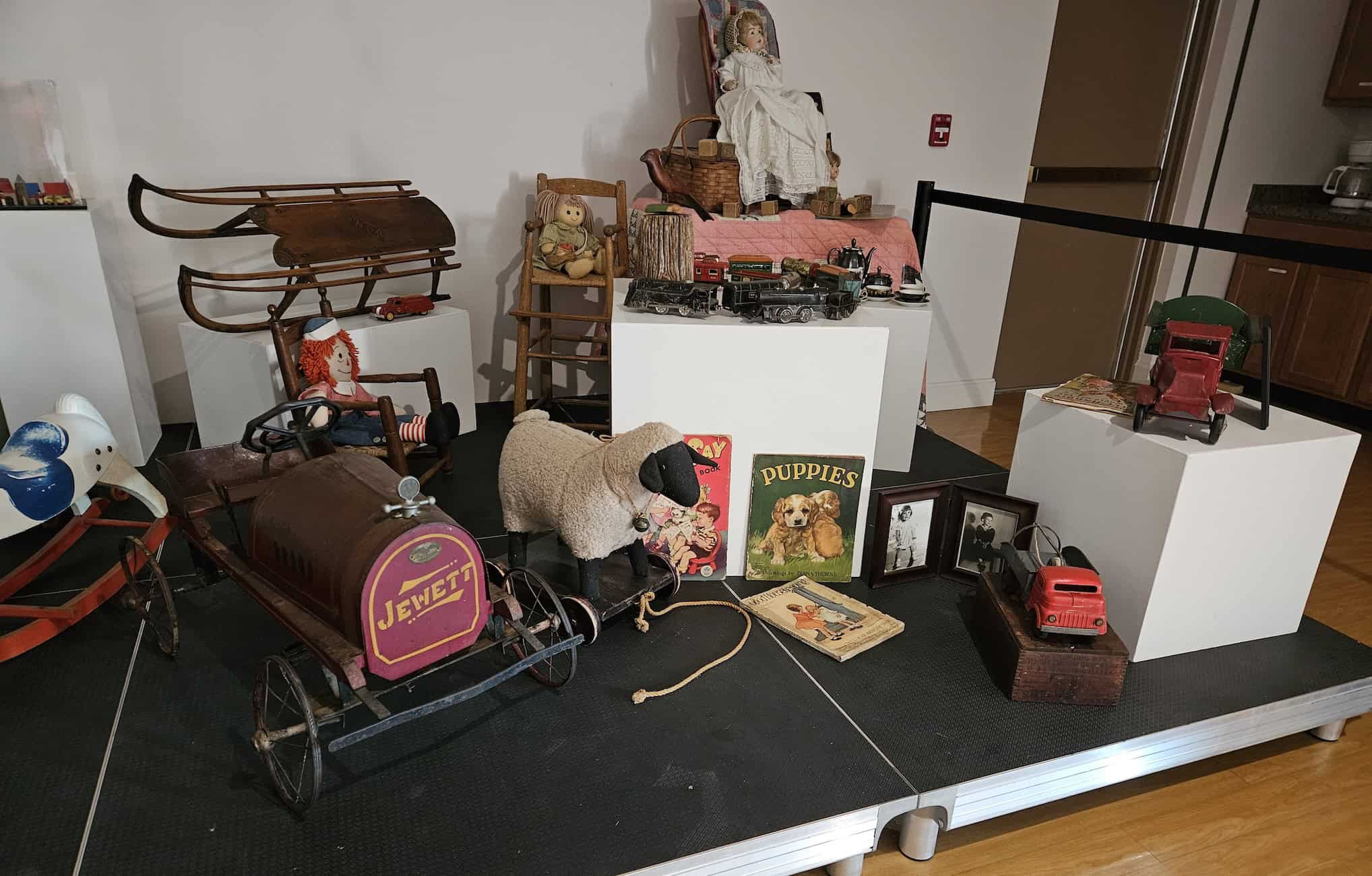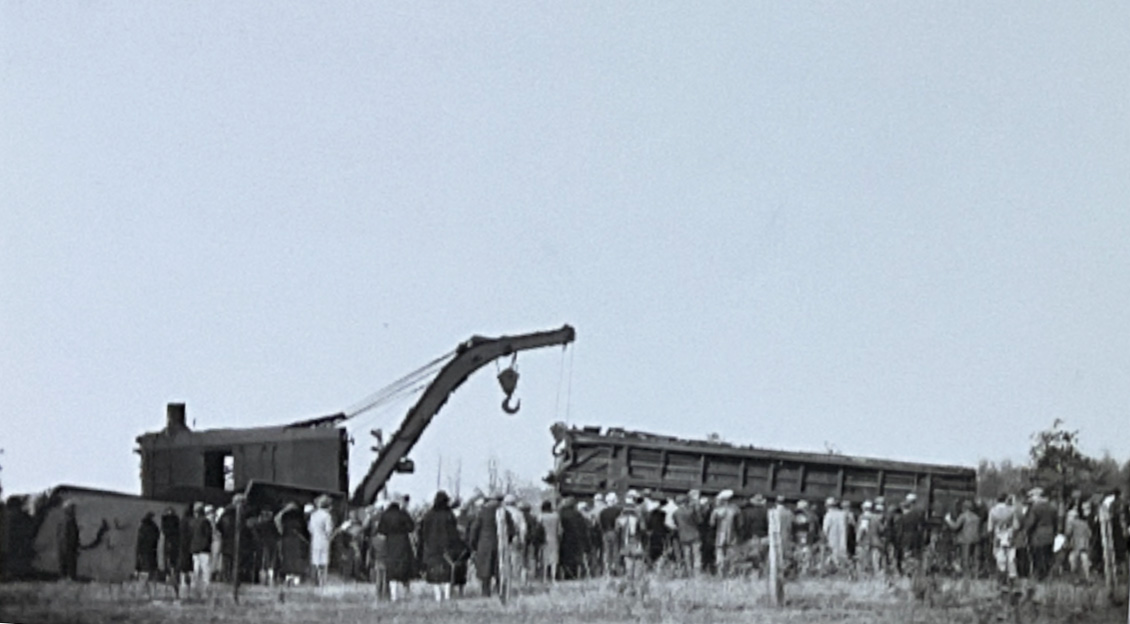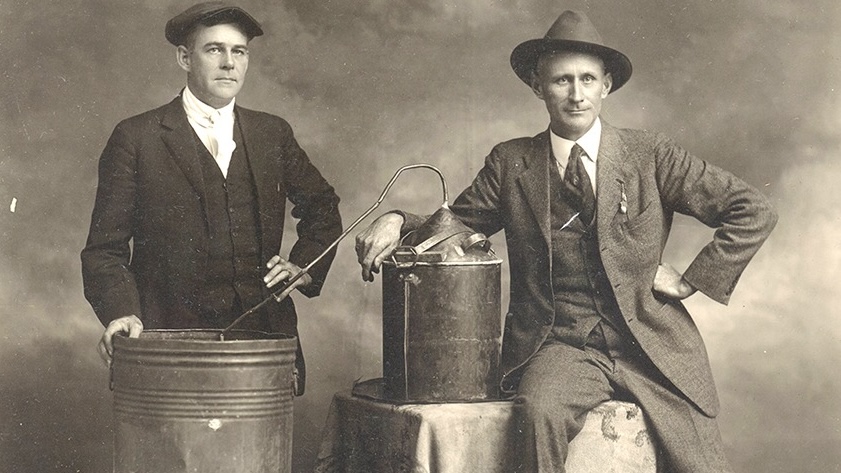Their country’s request landed in their mailboxes a few weeks earlier in big, capital letters in the middle of the page:
“NOTICE OF CALL AND TO APPEAR FOR PHYSICAL EXAMINATION”
It was the same request the Selective Service System made of four million other American men. The notice to appear for an exam was the first step many American men took toward fighting in World War I.
On Monday, May 10, 1918 a group of 83 young men shaved, dressed, and traveled into Warrenton to fulfill their orders for the draft. Many of the men came into town with their sweethearts, wives, mothers, and children early that Monday morning. They would be examined, interviewed, documented, and sorted through a robust series of steps.
The Selective Service System operated in every state, and to make the gargantuan task of sorting and examining men fit for service, the system included 4,648 “Local Boards”. These Local Boards took responsibility for registering men, classifying them based on their physical and mental abilities — such as considerations for manpower in specific industries, production, or agriculture — and heard about their family situations. Local boards determined everything about a registrant’s fate: from their appeals to the order they would be called, whether they would enlist as officers or infantry, and placing them on trains to training centers.
The Warren County Local Board had selected this group of 83 young men to entrain at Kelly Field in San Antonio, Texas. Throughout the day the men shuffled around like paperwork around the Courthouse and adjoining grounds. Most, they knew, would train as infantrymen and arrive on the front lines in France or Germany. By now, three years into the U.S.’ involvement in the war, 10,000 American men were arriving at ports of entry in Europe every day.
Many were surely nervous — or more nervous than they cared to let on. That night, they stayed in makeshift barracks and would report to the Circuit Courtroom where Warren County clerk J.H. Ronald would give them final instructions in the morning.
But by what surely seemed a chance of providence or divine intervention, “the greatest war in history” ended on Armistice Day on the 11th hour of the 11th day of the 11th Monday in 1918.
The end to the war was signed in Paris at 11 a.m., or 4 a.m. CDT in Warren County. The news of the peace agreement traveled quickly, even at the early hour. By 6 a.m. the news of Germany’s surrender greeted the morning along with a clattering of ringing bells at schools, churches, and the courthouse tower in Warrenton that lasted for at least an hour.
But around the same time as hundreds of Warren County residents came out into the streets to parade, celebrate, and dance to the celebration of peace in our time, this group of 83 young men appeared as ordered in the Circuit Court for roll call and final instructions.

Running through the names at 11 a.m., a reporter with the Warrenton Banner noted Clerk Ronald went one-by-one, ensuring each person was there. The tension in the room was thick with excitement, adrenaline, and fear. Relatives and friends stood with tight chests and fists in the halls and around the room.
Just as Clerk Ronald finished, he motioned for another man from the Local Board to step up and make a few words to encourage the boys, some no older than a few weeks past their 18th birthday. But before he could reach the podium, another man burst into the back of the room. “I have a telegram!” announced the messenger, handing it to Clerk Ronald.
Reading it, the Clerk announced the War Department had canceled all calls — including this call — of all men as part of the draft. They would not be going to war. So ended the draft enlistment of 83 Warren County men.
A newspaper reporter for the Warrenton Banner reported, “Pandemonium prevailed for a short time.” The exacerbated breaths of relief nearly blew the windows and doors out of the building, with mothers and women thankful for another day with their loved ones.
Clerk Ronald along with members of the Local Board gave each man assembled a credential showing they had been in the service of their country — for at least one day.
Before releasing the men back to their private lives, a member of the group “Suggested they ought not to forget the Warren County boys, and the many American boys, who are now at the front and who have sacrificed so much.”
A fund was established and the men — who hadn’t so much as left the county yet — raised $230 for the United War Fund campaign (about $7,700 in 2021 dollars). The money was given to the county treasurer. Then, as quickly as they shuffled in, the group of 83 men and their families and friends shuffled out the door and into the streets where hundreds of other Warren County residents gathered to dance and celebrate “peace in our time”.
As one member of the Local Board told a reporter, “Enlisting men for the National Service ended, and we trust it will be centuries before conditions anywhere in the world will again demand the services of such a board, or the services of young men in the grim business of warfare.”
The Warren County Historical Society and Museum maintains rotating exhibits on several individuals, families, and organizations that contributed to war efforts across U.S. history, including WWI, WWII, Korea, Vietnam, and others. These exhibits go beyond medals and uniforms and tell the remarkable stories of incredible bravery of common men and women who answered an uncommon call.





